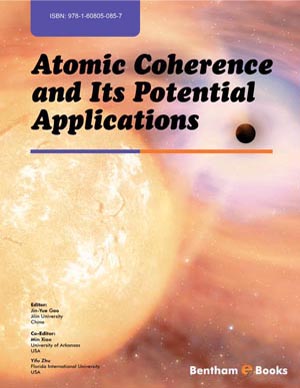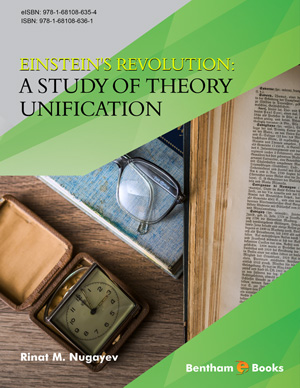Abstract
The computation of numerical solutions to coupled flow problems in fluid and porous media is an important issue in many environmental and industrial problems. In this introductory chapter we shortly review suitable interface conditions for modeling the coupling of the porous medium flow with the fluid flow. We will discuss the two well studied cases of normal and parallel flow over a porous layer and focus on the later one.
After discussing different mathematical models this chapter mainly describes possible coupling strategies and interface conditions between the free fluid flow in the channel domain and the filtration velocity in the porous diffusion region.
The difficulty in finding effective coupling conditions at the interface between the channel flow and the porous layer lies in the fact that often, the orders of the corresponding (partial) differential operators in the fluid and porous domains are different, e.g. when using Darcy’s equation and (Navier-) Stokes equation. This situations makes it difficult from a mathematical point of view to find suitable interface condition, that are physical reasonable and lead to a well-posed problem. Alternatively, one can prevent this difficulty by applying the Brinkman model in the porous layer.
We will review different coupling strategies, e.g. the pioneering work of Beavers & Joseph, the later modification by Saffman and also its recent improvement by Le Bars & Worster. Finally, three different mathematical models for fluid–porous interfaces in a simple channel geometry are discussed and explicit Poiseuille-like solutions for the flow velocity are derived that can lead to semi-analytic numerical methods.
A short version of this introduction focusing on fuel cells was published in [10].
Keywords: Beavers-Joseph interface condition, Brinkman model, coupling conditions, Darcy’s equation, decomposition techniques, filtration velocity, fluid-porous interface, Proton exchange membrane (PEM), near parallel flow, near normal flow, single-domain approach, transition zone approach.








.jpg)




